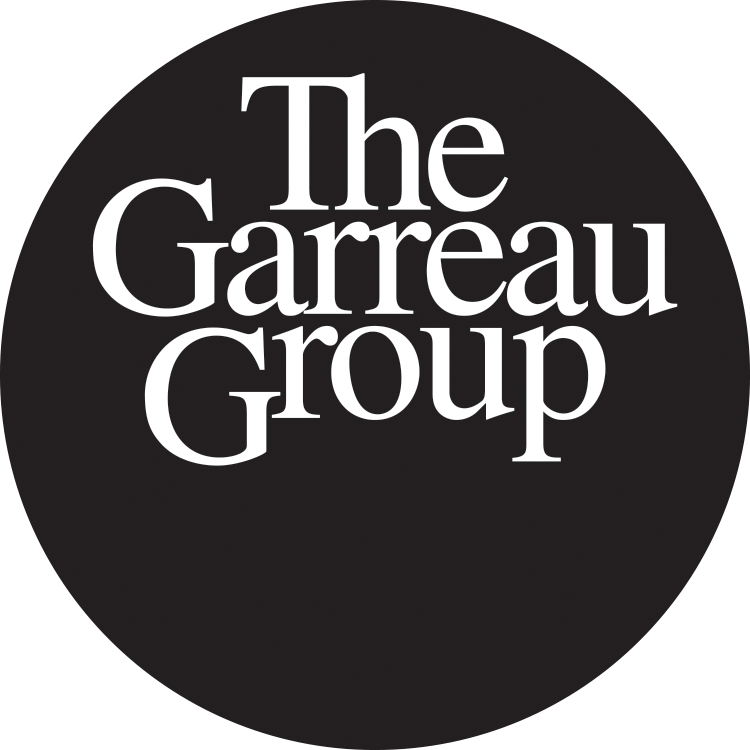Chapter 11: The List – Edge Cities Coast to Coast
THE FOLLOWING is a select compilation of Edge Cities in North America.
Although this is one of the more thorough such lists at this writing, the nature of the beast doubtless makes it incomplete. Edge Cities are a function of growth; they change. In a time and place of rapid expansion, as in the Washington region of the late 1980s, the number of Edge Cities swelled from thirteen to sixteen in two years. By the same token, while the area around Atlanta's Hartsfield Airport does not qualify as a mature Edge City in the early 1990s, that is probably not a permanent condition.
The definition of an Edge City is the five-part test described in Chapter 1:
A full-blown Edge City is marked by:
Five million square feet of leasable office space or more.
Six hundred thousand square feet of retail space or more.
A population that increases at 9 A.M. on workdays—marking the location as primarily a work center, not a residential suburb.
A local perception as a single end destination for mixed use jobs, shopping, and entertainment.
A history in which, thirty years ago, the site was by no means urban; it was overwhelmingly residential or rural in character.
This definition requires some judgment calls on the part of the observer. A few Edge Cities listed below are so dispersed across the geography as to challenge the definition—Boston's intersection of Route 128 and the Massachusetts Turnpike. for example. In other places, several Edge Cities are packed together, as along northern Interstate 680 in Contra Costa County and along the San Diego Freeway, in Orange County, California. Where one begins and the other ends is debatable.
Some other centers cry out for consideration because of their history or the overwhelming size of their office population, even though they may not meet all the other elements of the definition. Merrifield, Virginia, site of the world headquarters of Mobil—the second largest oil company and sixth largest industrial corporation in the United States—is some distance from major retail.
This list, then, is meant to be suggestive, not exhaustive. It is intended to spur the reader to go out and look at some of these places, make critical judgments, and arrive at personal conclusions.
While every effort has been made to ensure the accuracy of the list, experience, alas, demonstrates the unlikelihood that perfection has been achieved. Readers who wish to suggest changes may write the author in care of The Edge City© Group, Broad Run, Virginia, 22014-9501.
The symbols in this list match the symbols in the maps. A triangle means the old "central business district"—usually thought of as "downtown." A black circle means an Edge City. A gray circle means an emerging Edge City. A clear circle means an Edge City that is expected to be built, according to local plan.
National sources include Salomon Brothers, New York; Robert Charles Lesser and Company, Los Angeles; The Office Network, Houston; the Urban Land Institute, Washington; academic geographers and demographers noted in the Acknowledgments, and personal observation. Local commercial real estate sources are listed in the Notes. For references to Edge Cities in Europe and Asia, see Chapter 7.
